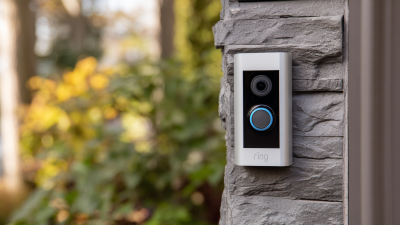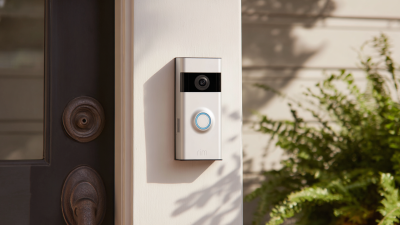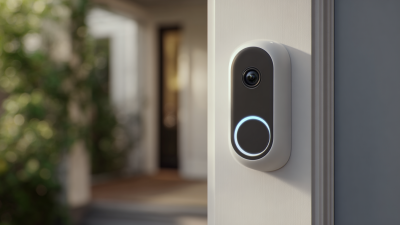In the ever-evolving landscape of home security, Apartment Video Intercom Systems are emerging as pivotal components that enhance safety and convenience for residents. As urban living spaces become increasingly integrated with advanced technology, these systems provide a critical line of defense against potential intrusions while facilitating easy communication between residents and visitors. The rise of smart home innovations has paved the way for more sophisticated intercom solutions that not only cater to security needs but also offer features such as remote monitoring, smart notifications, and seamless integration with other smart devices.
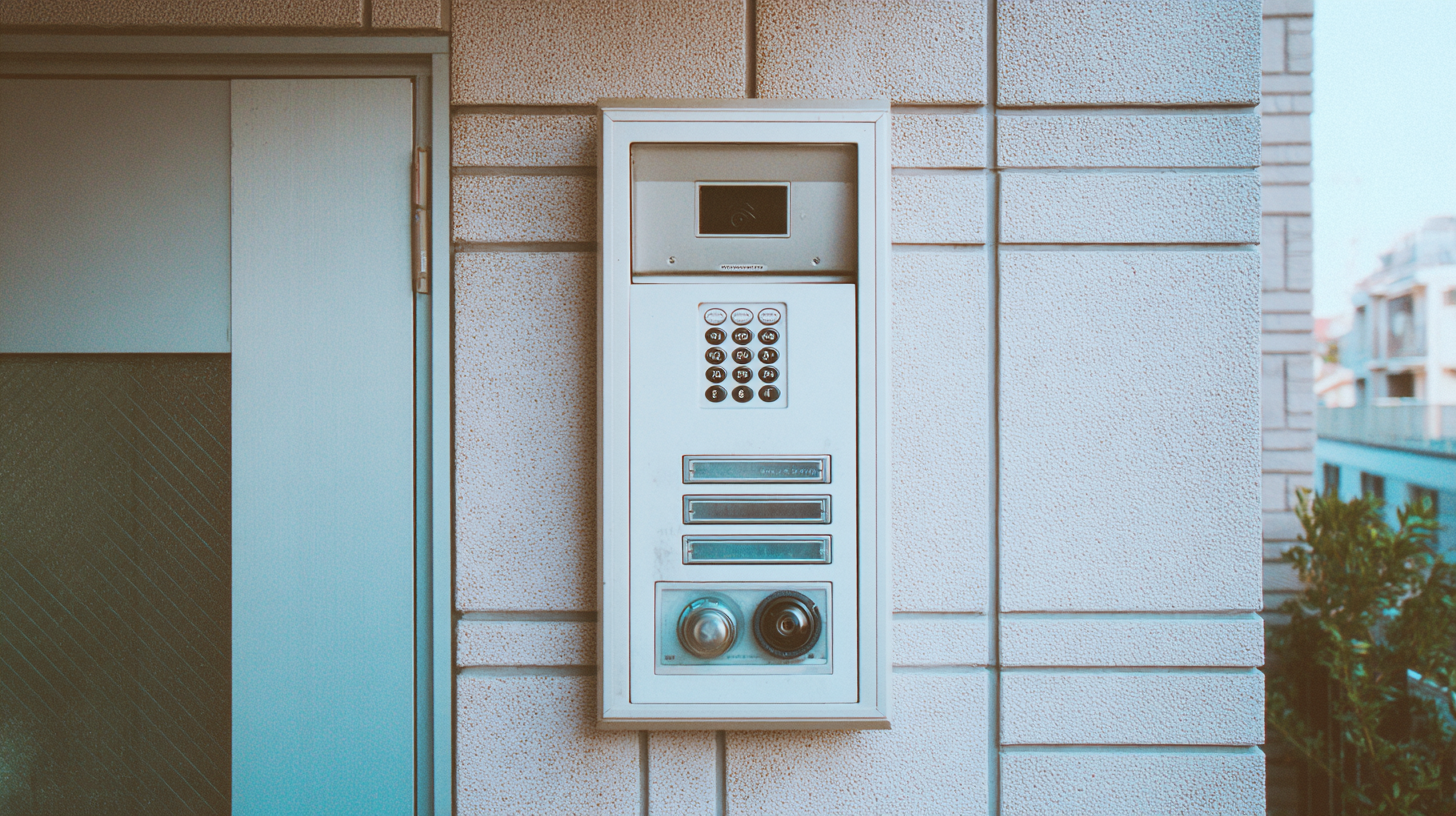
As we delve into the future of Apartment Video Intercom Systems, it is essential to explore their transformative capabilities and the various digital advancements shaping their development. From high-definition video feeds to AI-driven features that recognize faces and prioritize alert notifications, these systems are redefining how we think about apartment security. Moreover, the shift towards digital interfaces underscores a broader trend of improving user experience and operational efficiency. In this overview, we will examine the latest technologies and trends in apartment video intercom systems that promise to revolutionize security solutions for apartment living.
The evolution of video intercom systems is reshaping the way we perceive security in apartment complexes. With a projected market growth rate of 5.8% leading up to 2033, smart video intercom systems are becoming a crucial upgrade for residential buildings. These advanced systems not only enhance security but also promote seamless communication between residents and visitors, allowing for greater convenience and peace of mind.
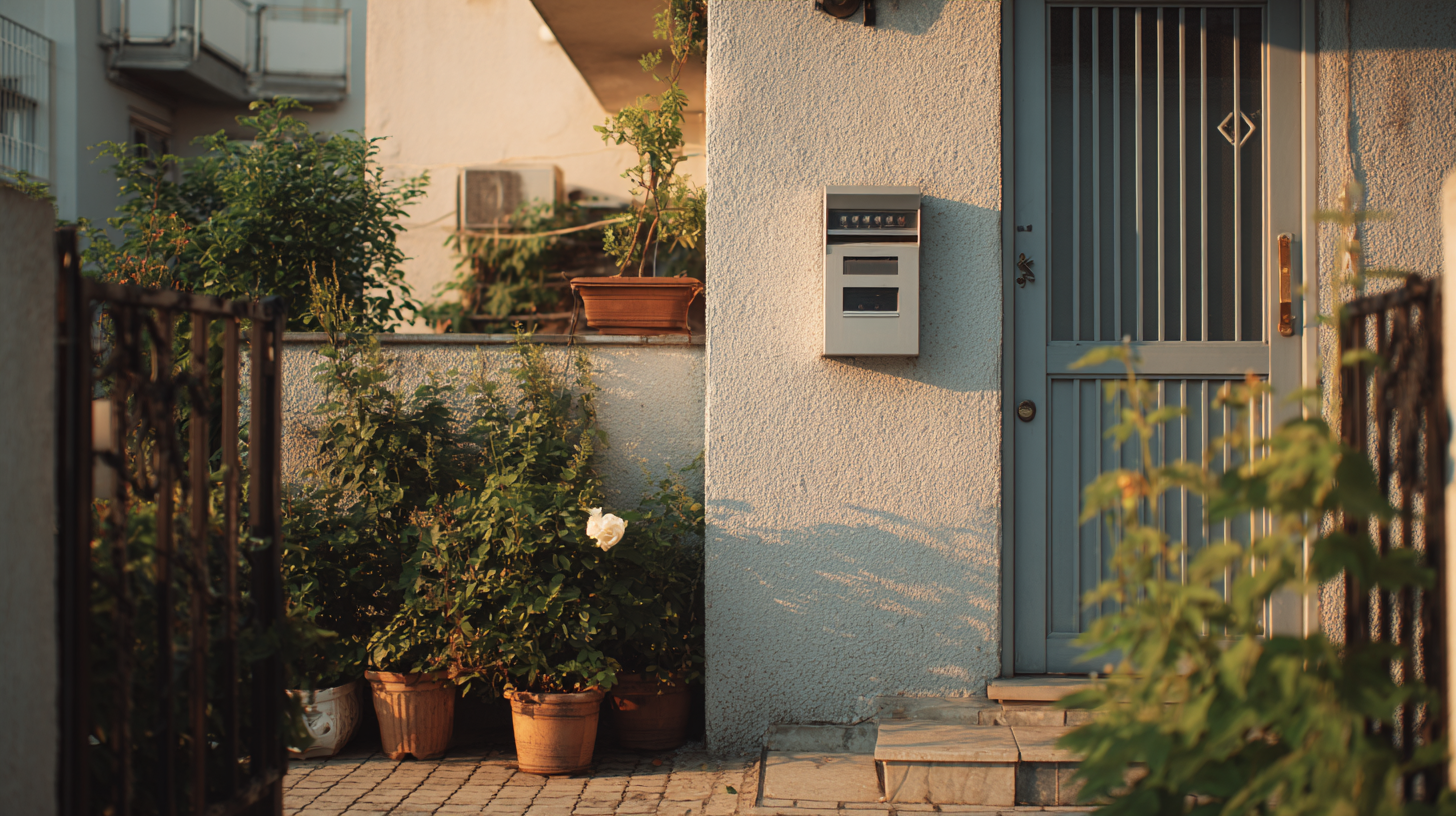
A notable example of this trend is found in luxury developments like the waterfront property One Sydney Harbour. Here, each of the 801 apartments is equipped with a state-of-the-art home automation system that integrates video intercom functionality. This approach sets a new standard for multifamily living, as it transforms traditional security practices into a sophisticated, user-friendly experience. By 2033, the anticipated growth in smart home security services will further emphasize the importance of integrating such technologies into residential environments, making them safer and more connected than ever before.
As urban living continues to evolve, the demand for advanced security solutions in apartments is on the rise. Modern apartment video intercom systems have emerged as a critical part of this landscape, offering features that enhance safety and convenience. According to a report by Grand View Research, the global video intercom systems market is expected to reach $2.35 billion by 2025, indicating a significant shift towards integrating smart technologies in residential security.
When evaluating the features of contemporary apartment video intercom systems, there are several key aspects to consider. High-definition video quality is paramount, allowing residents to clearly identify visitors before granting access. Integration with smartphones and smart home devices is another critical feature, empowering residents to monitor their entryways remotely and interact with visitors via live feed. Additionally, systems equipped with motion sensors and night vision capabilities are becoming increasingly popular, providing enhanced security even in low-light conditions. As these technologies advance, they not only improve safety but also elevate the overall living experience in apartments.
| Feature | Description | Benefits |
|---|---|---|
| Video Quality | High-definition video (1080p or higher) for clear images. | Better identification of visitors and enhanced security. |
| Mobile Access | Ability to view video feed and communicate via smartphones. | Convenience and security from anywhere. |
| Two-Way Audio | Allows communication with visitors through the intercom. | Enhanced interaction and decision-making before opening doors. |
| Night Vision | Infrared technology for clear footage in low light. | Improved security during night-time. |
| Integration with Smart Home Devices | Compatibility with home automation systems. | Streamlined home security management. |
| Cloud Storage | Remote storage for video recordings. | Access to footage anytime and prevention of local data loss. |
The integration of video intercom systems into apartment security measures has demonstrated a significant impact on safety statistics. By providing real-time communication between residents and visitors, these systems foster a sense of security that has been shown to reduce incidences of unauthorized access. The combination of video surveillance and intercom features heightens the vigilance of residents, enabling them to screen visitors effectively before granting access. Consequently, apartments equipped with these integrated security solutions often report lower crime rates, as potential intruders are deterred by the visible presence of sophisticated technology.
Furthermore, the data indicates that integrated security solutions, such as video intercoms, lead to quicker response times in emergencies. When residents can communicate with security personnel or local authorities directly from their units, critical information is relayed immediately, minimizing the window for criminal activity. This immediate connectivity not only enhances the overall safety of the apartment complexes but also promotes a stronger community where residents feel empowered to take an active role in their security. As more apartment buildings adopt these technologies, we can expect further improvements in safety metrics, illustrating the effectiveness of comprehensive security measures in urban living environments.
The future of apartment video intercom systems is increasingly intertwined with advancements in artificial intelligence (AI) and the Internet of Things (IoT). As technology evolves, these integrated systems are expected to revolutionize security in residential settings by providing seamless communication, enhanced monitoring, and real-time responses to potential threats. The global AI market, projected to grow from $35.65 billion in 2023 to $253.86 billion by 2030, highlights the significant investment that will likely flow into smart security solutions, including video intercom technology.
Moreover, the shift from single-device security to a comprehensive ecosystem illustrates the growing trend towards interconnected security systems. By 2025, the integration of AI, IoT, and emerging technologies like 6G will create a "predictive-defensive-response-optimization" closed-loop system, emphasizing the pursuit of "unobtrusive safety." This transformation is set to enhance user experience and redefine how residents interact with their security systems, making apartment living safer and more convenient than ever before. As this market continues to expand, the focus will be on creating intuitive, responsive, and reliable intercom systems that leverage cutting-edge technology to increase both security and peace of mind.
In recent years, the debate between traditional and smart video intercom systems has gained momentum, especially concerning user satisfaction. Traditional intercoms offer simplicity and reliability, making them a favorite among older demographics who appreciate straightforward technology. Users often cite their ease of use and effectiveness in basic communication as key advantages. However, the limitations of traditional systems become apparent when users seek advanced features like remote monitoring and integration with other smart home devices.

On the other hand, smart intercoms have revolutionized apartment security by providing enhanced functionality that appeals to the tech-savvy generation. Users enjoy the convenience of controlling their intercom via smartphones, receiving real-time alerts, and even engaging in video calls with visitors from anywhere. This level of interactivity and security is reshaping user expectations, although it may come with a learning curve for those accustomed to traditional devices.
Ultimately, the choice between traditional and smart intercoms hinges on individual preferences for simplicity versus advanced features, highlighting a significant shift in user satisfaction trends in home security.

